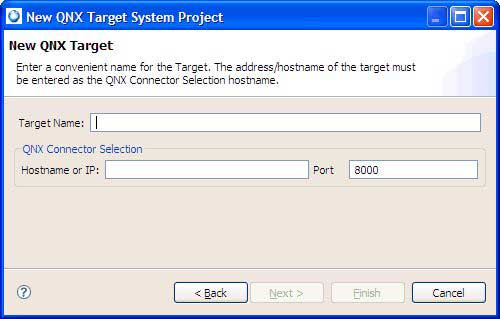At various times, you may need to convert non-QNX projects to QNX projects (i.e. give them a QNX nature). For example, suppose another developer committed a project to CVS without the .project and .cproject files. The IDE won't recognize that project as a QNX project when you check it out from CVS, so you'd have to convert it. Or, you may wish to turn a Standard Make C/C++ project into a QNX C/C++ project in order to take advantage of the QNX recursive Makefile hierarchy (a project with a QNX nature causes the IDE to use the QNX make tools and structure when building that project).
The IDE lets you convert many projects at once, provided you're converting all those projects into projects of the same type.
